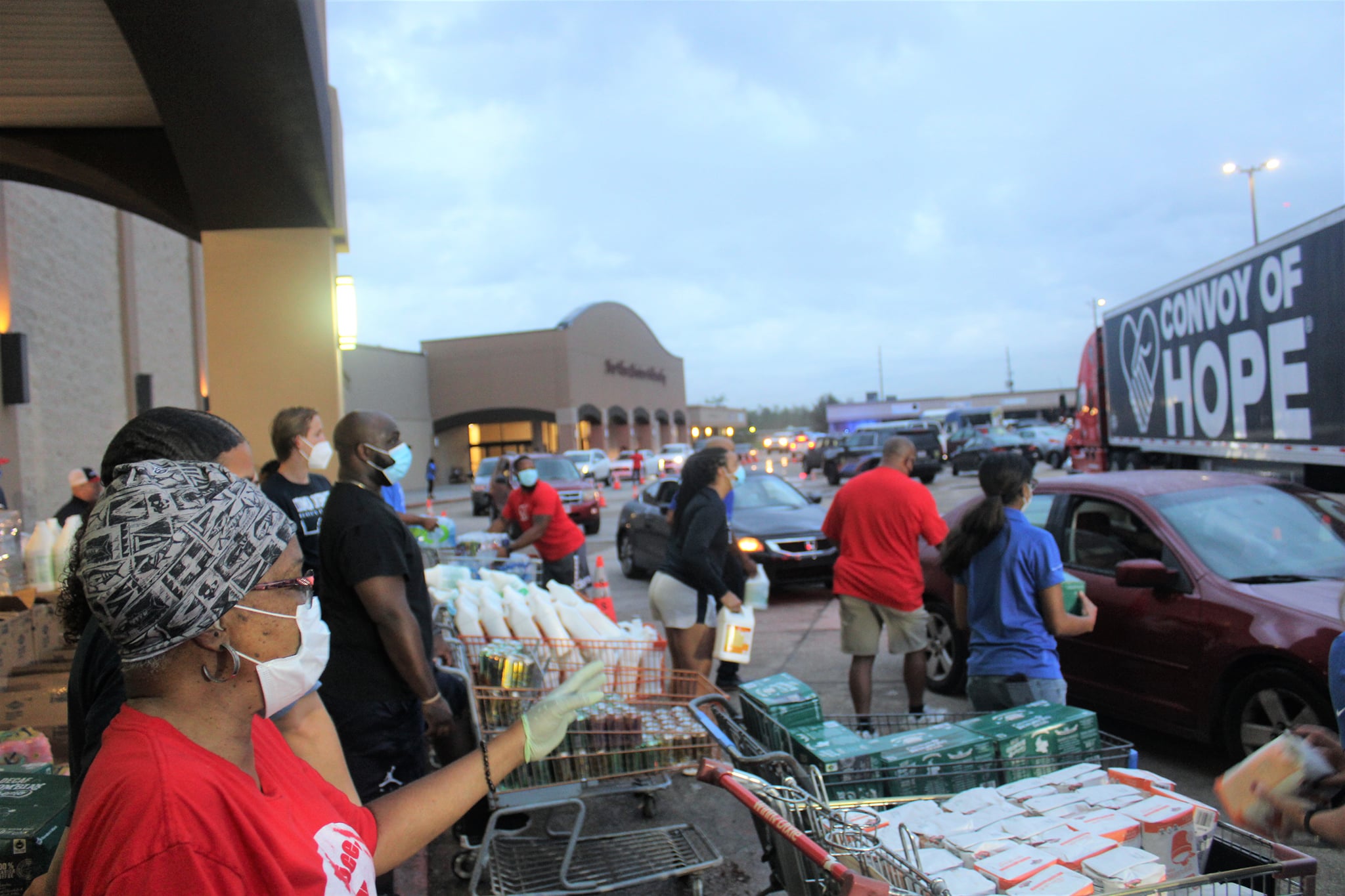About a year ago, another impossibly powerful storm hit Louisiana on the sixteenth anniversary of Hurricane Katrina. Right away, Hurricane Ida’s 150 miles-per-hour winds caused one million power outages across the state. In the weeks following, residents languished without the ability to do laundry, keep food refrigerated, or run air conditioning. Some people had generators to keep their power on, but it cost a lot of money to keep them fueled, and they sometimes failed after running nonstop for prolonged periods.
In this disastrous aftermath, a group of congregations and community organizations called Together New Orleans began to brainstorm a method to prevent this from happening again.
Dr. J.C. Richardson, Executive Committee Member of Together New Orleans, expounds, “ after Ida, I felt powerless to respond. We all felt powerless, as we have so many times before. This time, though, our community started putting together a plan.”
Together New Orleans developed an initiative to install rooftop solar and backup batteries at faith and community centers across the state. This Community Lighthouse Project aims to provide resilience during outages, with access to charging, cooling and heating, and food preparation and distribution. As Andy Kopplin, President, and CEO of the Greater New Orleans Foundation, explains, “it’s not just giving out supplies more efficiently, it’s letting people charge their phones, charge their medical equipment.”
The project also aims to provide quicker disaster response teams, with each of these centers serving as a “community lighthouse” where volunteers can organize to go out and assist neighbors and where displaced residents can take shelter. The goal is for every neighborhood in New Orleans, where the pilot project is launching, to be within a 15-minute walk of one of these hubs.
The project will spur investment in local clean energy. Installation costs are approximately $150,000 for small facilities, $430,000 for medium-sized facilities, and $1 million for large facilities. According to Together New Orleans member Matthew Candler, the cost of solar panels and battery systems has dropped about 80 percent over the past decade.
These hubs will also help cut electric bills in good times. Estimates are $1,200 in annual electricity savings for small facilities, $5,200 for medium facilities, and $15,000 for large facilities.
As an added benefit, the Community Lighthouse project will create jobs for an expanded clean energy workforce in the state, particularly in energy audits and weatherization, solar panel and battery installation, and maintenance of those systems.
The lead investor is the Greater New Orleans Foundation, which provided a $1 million grant for the pilot phase, making it the biggest single grant from the foundation’s Disaster Response and Restoration Field of Interest Fund. The Community Lighthouse Project will ultimately be funded by both the public and private sectors. Pierre Moses, President of 127 Energy, which is coordinating the installation, notes that this solution “is a shining example of how public-private partnerships can empower the resources of local residents.”
Together New Orleans has raised $10 million in grants and funding pledges for a project estimated to cost around $40 million.
The pilot phase will begin construction this year and wrap up in 2023. 16 community lighthouses in the New Orleans area and 8 across the rest of the state are in line to be set up with solar power and battery storage, with the ultimate goal to equip 85 to 100 such centers.
One of the sites, New Wine Christian Fellowship, is a church in LaPlace, Louisiana. It serves as the shelter of last resort for St. John the Baptist Parish, with a 62,000-square-foot facility from which it distributes food every Friday. The congregation provided shelter and supplies to members of the local community during Hurricanes Katrina, Isaac, and Ida. As Pastor Neil Bernard told L’Observateur, “we have been able to assist our residents by providing food and water, providing emergency relief supplies, and helping those families rebuild. Because of this partnership, now we will be able to do that at a whole new level.”
Meanwhile, the first commercial site in the Community Lighthouse Project is a building at CrescentCare, a community health clinic in New Orleans that was hit hard by Hurricane Ida. “We lost quite an amount of vaccines, medications, testing supplies that we weren’t able to keep cool long enough,” CEO Noel Twilbeck recalled to Canary Media. Direct Relief, a humanitarian charity based in California, provides up to $750,000 through its Power of Health Initiative to turn CrescentCare into one of these hubs. Whether chosen for past successes or to make sure history does not repeat itself, each of these locations will now have the ability to make a huge difference in the lives of local community members.





